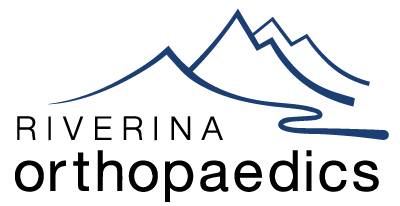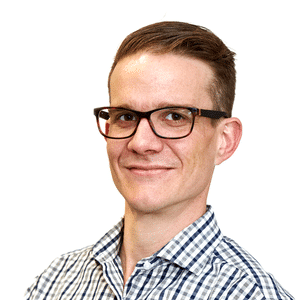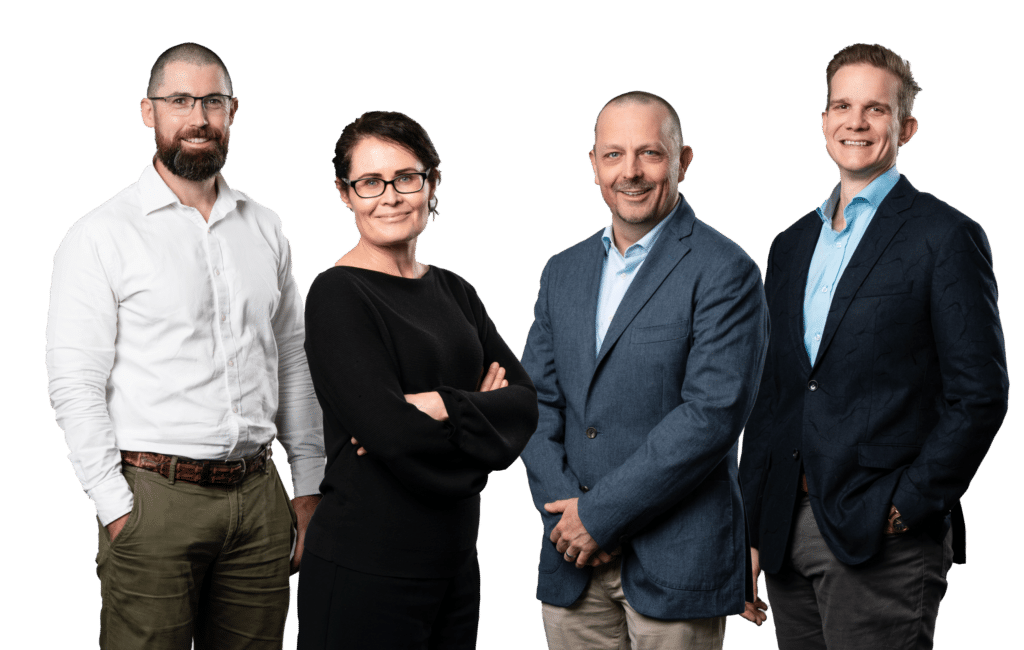Background
The rotator cuff consists of 4 muscles with their tendons attaching to the humeral head. They are the supraspinatus, infraspinatus, subscapularis and teres minor.
These tendons act to hold the head against the relatively small shoulder blade socket and provide a fulcrum for the large and powerful movements the shoulder is capable of, they provide stability and enable power. When one or more of these tendons is damaged or dysfunctional, the shoulder can become painful and weak. In many cases the affected shoulder also loses functional range of motion.
The supraspinatus tendon at the top of the shoulder is most commonly damaged because of its position between two bony prominences, other tendons may also become deranged and torn.
Treatment
Partial thickness tears can be treated with anti-inflammatory medications and physiotherapy to strengthen the intact tendons and rebalance the shoulder. Even with full-thickness tears non-operative treatment can result in a full range of motion and acceptable strength. There is a risk of cuff tears progressing and enlarging with time and resulting in the need for surgical repair.
In an ideal world the tendon quality and tear pattern allows solid re-attachment (repair) and full recovery after surgery and an appropriate rehabilitation period.
Age of patient, age of tear, medical comorbidities especially diabetes and smoking, and other factors can degrade the quality of the tendon which can become so poor that a surgical repair is not possible. Torn tendons of this type mean that the attached muscle shrinks and atrophies into fat rendering it non-functional. Sometimes a partial repair is possible in these cases, sometimes not.
Most cuff surgery is performed via a keyhole approach to allow better visualisation of the tear, faster early recovery, and a lower infection rate surgery. Long-term results are equivocal with an open technique.
Surgery is performed under a general anaesthetic with a nerve-block to reduce post-operative pain which makes the affected arm numb for 18-24 hours. Patients usually are in hospital overnight and return home the day after surgery following a review by the relevant Physiotherapist. A shoulder sling is used for six weeks and an appropriate physiotherapy program is started from day 1 post-operatively.
After the Operation
Recovery from a shoulder reconstruction / cuff repair is slow. The shoulder is a complex joint with a vast range of movement in 3 planes and so requires a significant amount of time to recover from post-operative stiffness. There are three distinct phases, the healing phases where range of movement is limited to allow the reattached tendon and bone to heal together, a protective sling is integral to this process, movement is limited, driving is not allowed and your patience is tested.
Following this phase the focus is on regaining the functional range of movement with any and all strengthening work being done against gravity and no more. The large range of the shoulder joint takes many weeks to return.
Once the tendon/bone healing interface has reached an adequate amount of maturity (usually ~3months) formal strengthening work can begin. A return to full athletic function can take 6 months from this time point meaning up to 9 months from the surgical date.
This page is a brief overview and not designed to be all-inclusive. If you have any further queries, please contact us.


